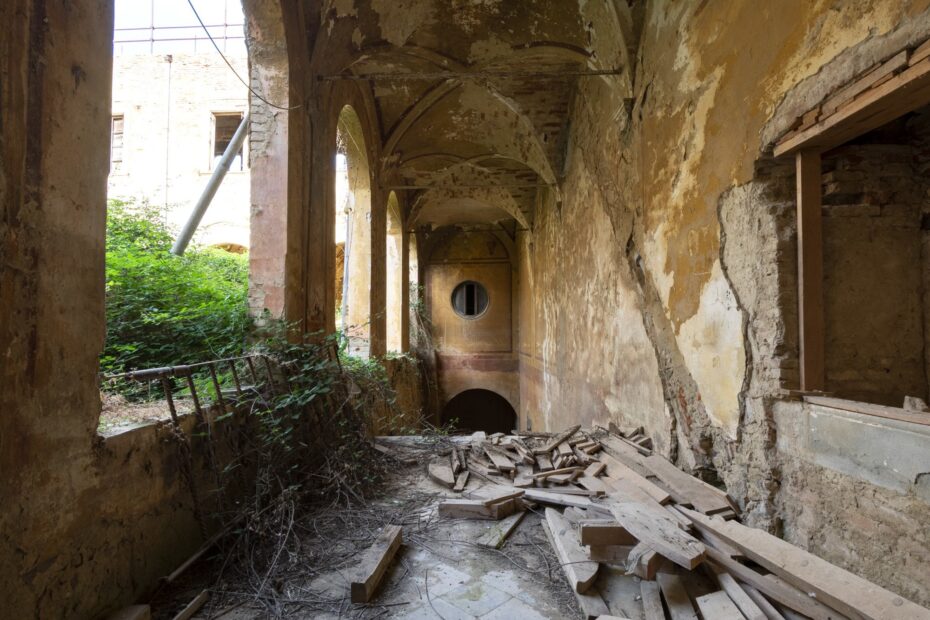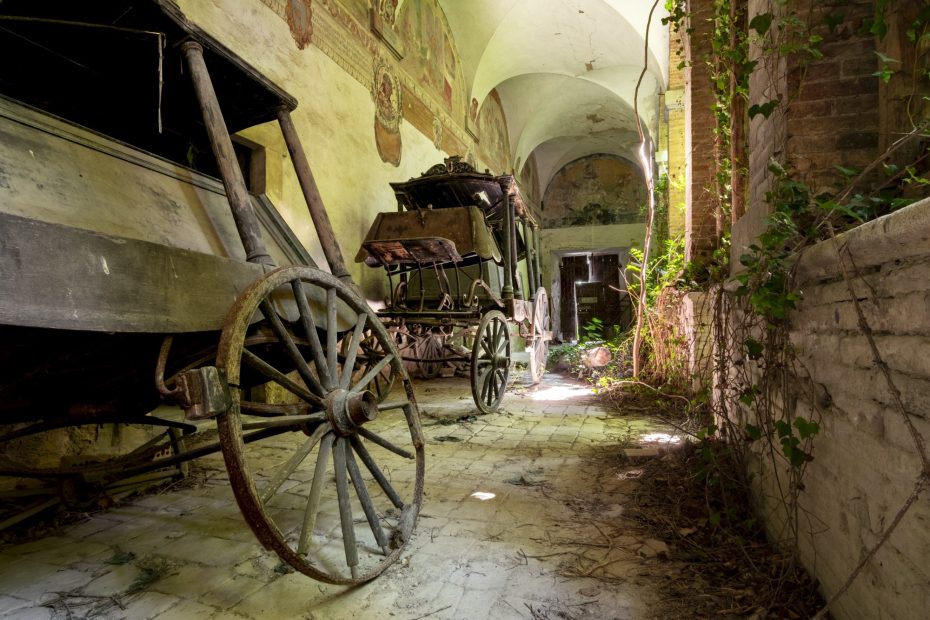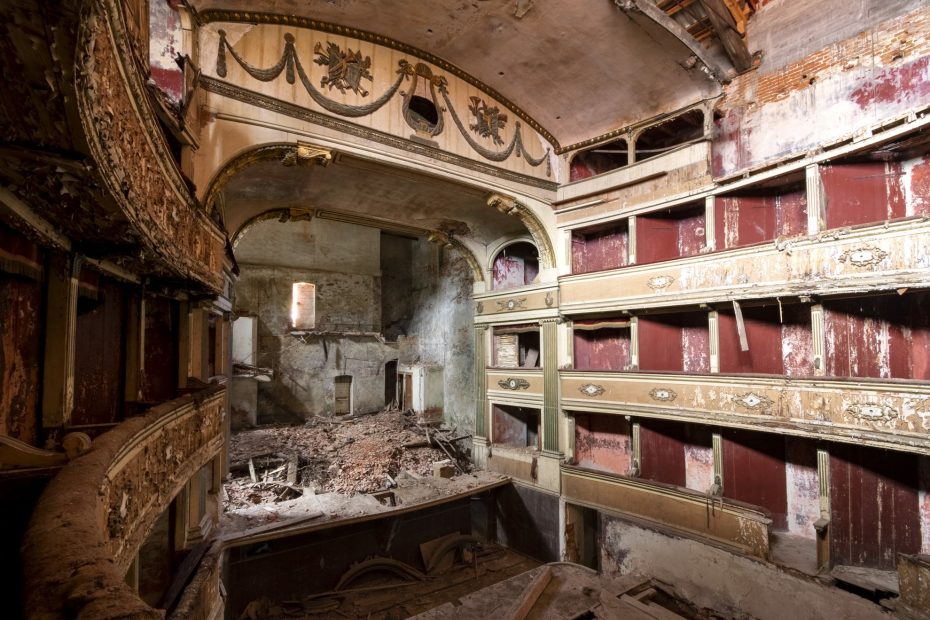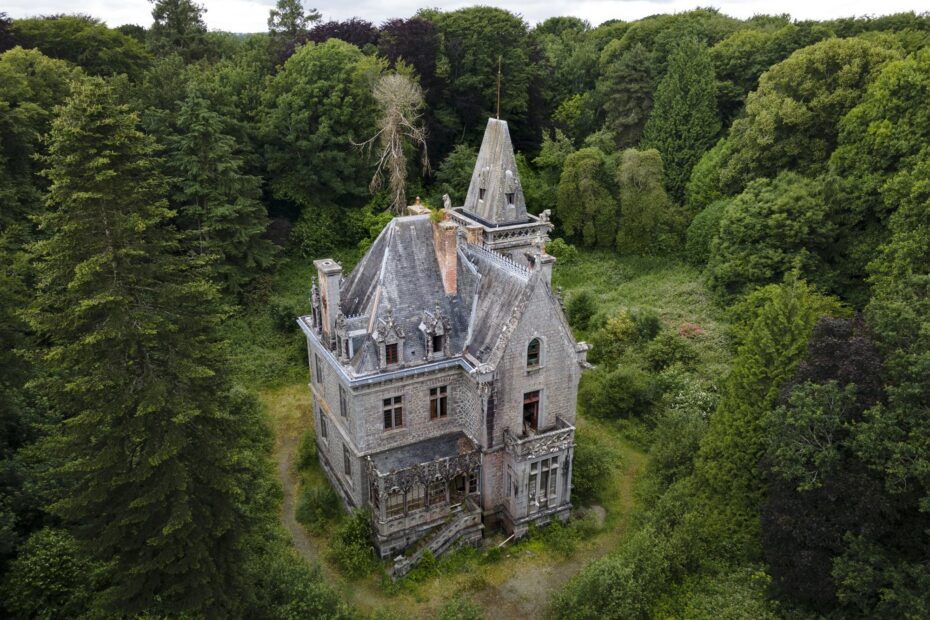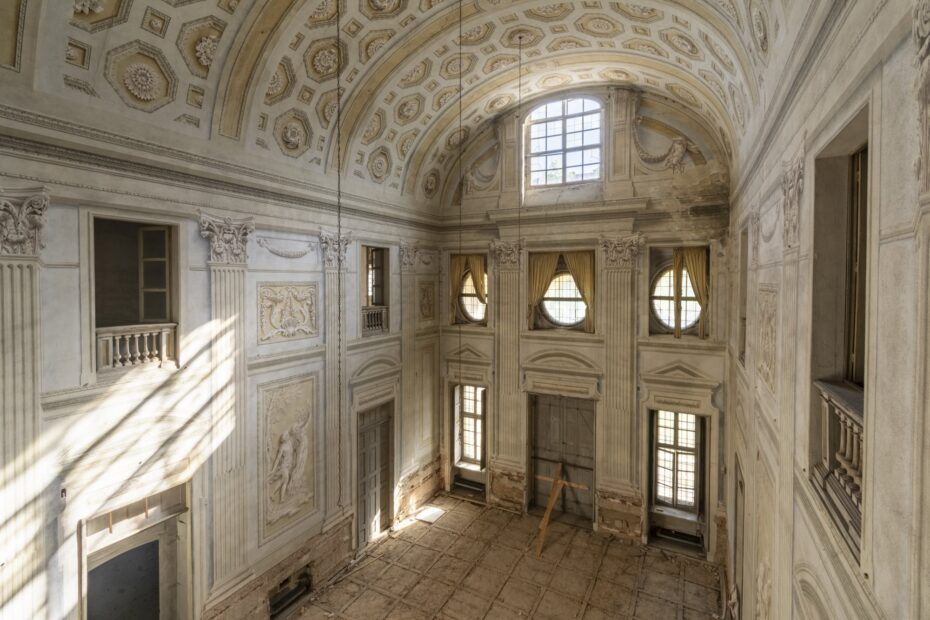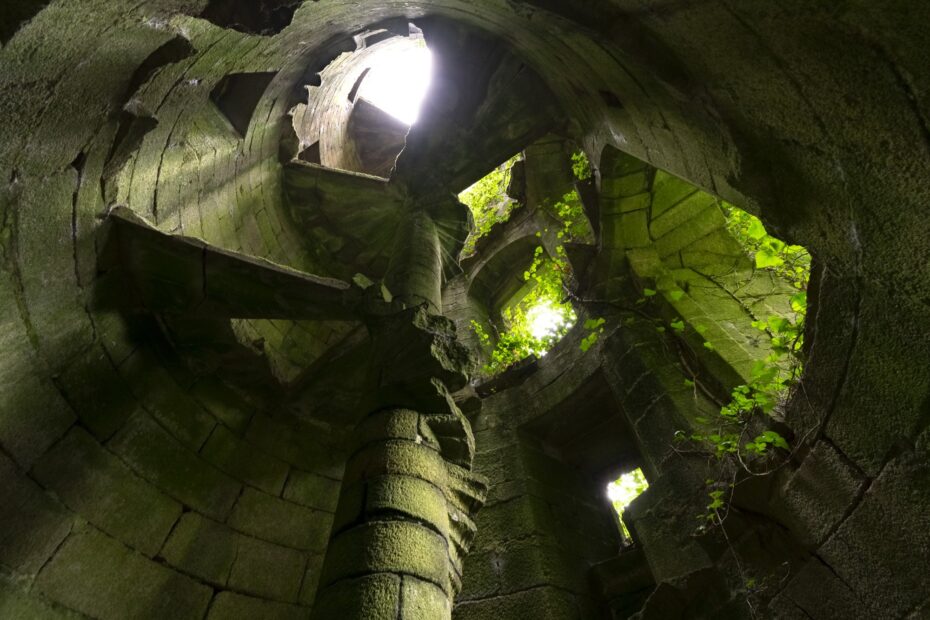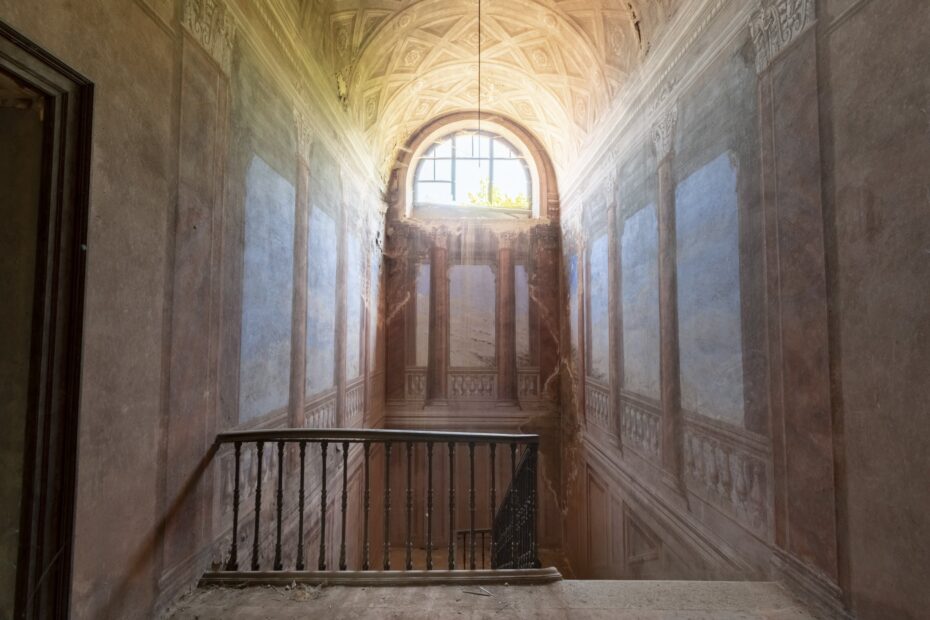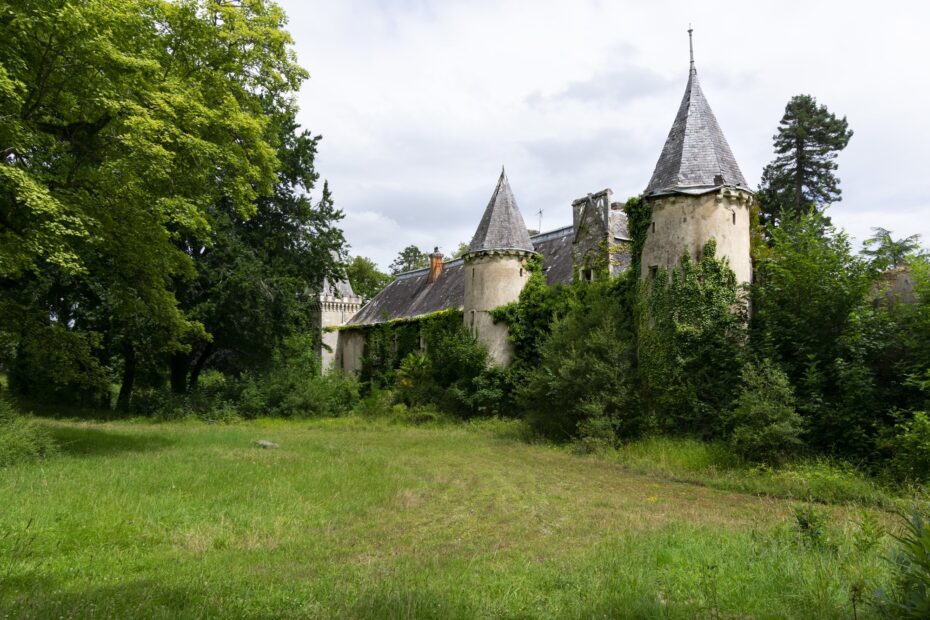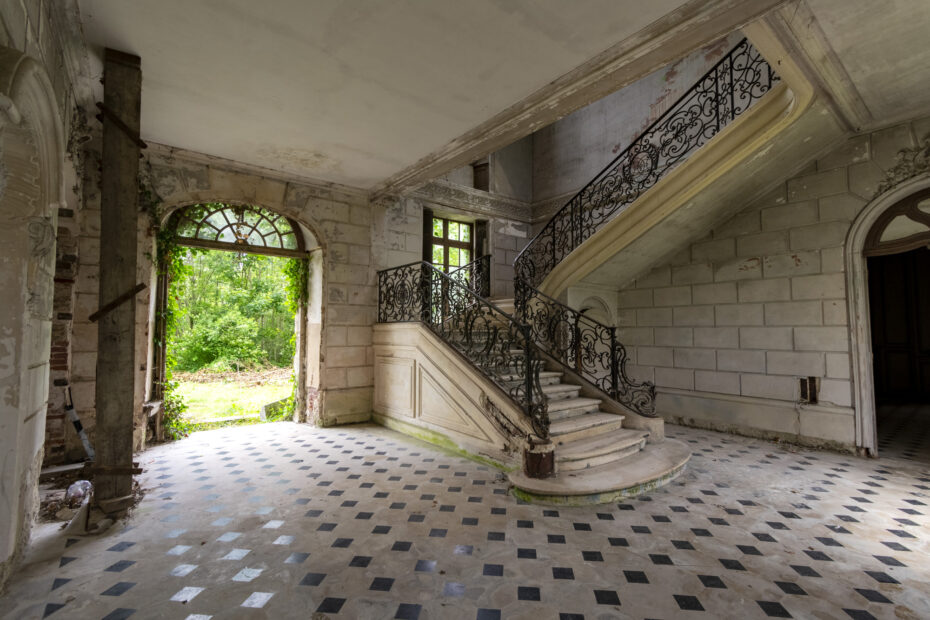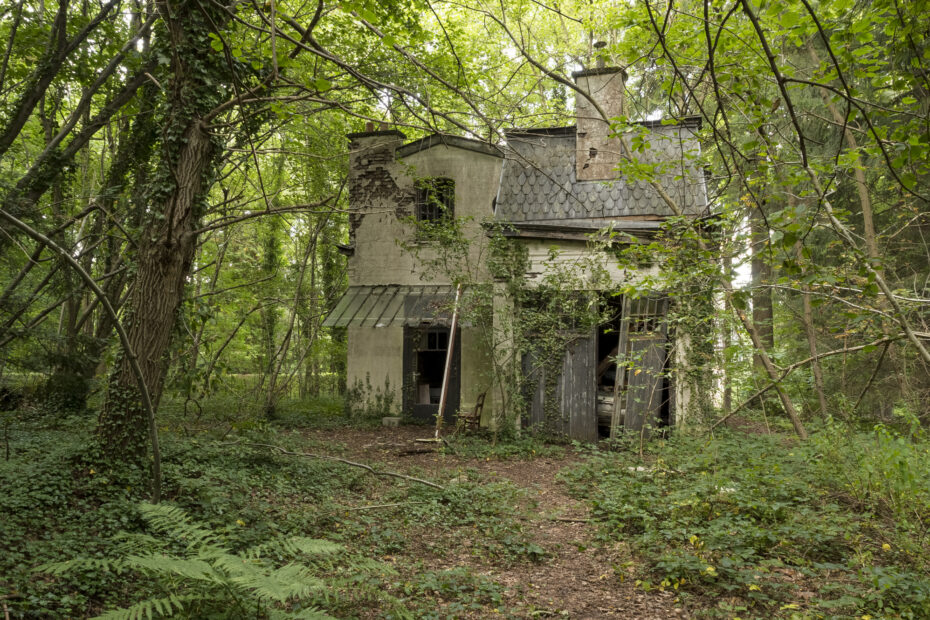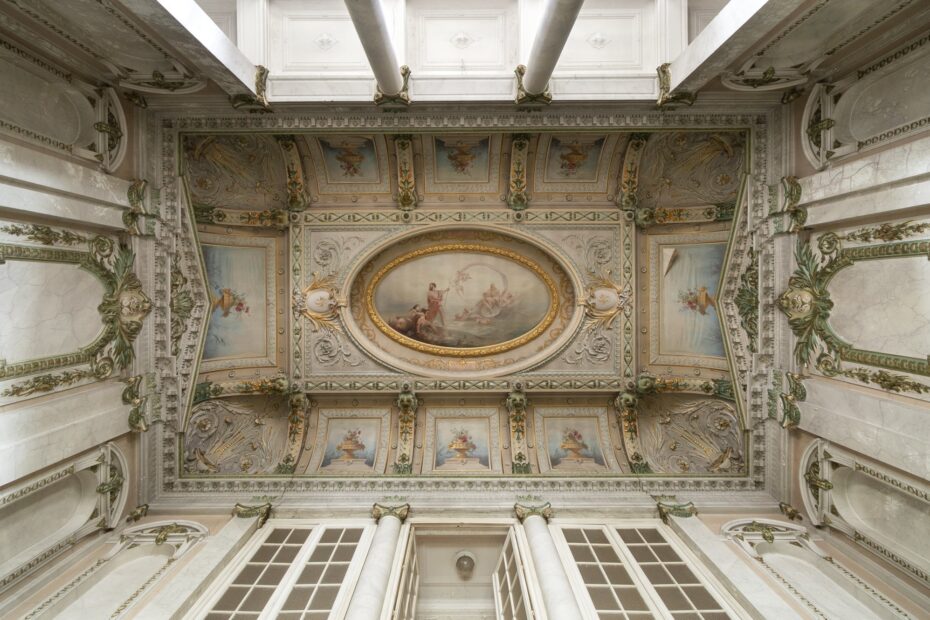Casa Riposo S
Near the end of the 1870’s an industrialist built a luxurious villa in the mountains near a small community. The villa was surrounded by a beautiful botanical parc and had a stunning central hall with a skylight.
Today, the large building remains empty. In the later-built wings many of the rooms are the same. By now, many windows have been smashed by vandals who found their way onto the secluded premises and in one wing we found traces of a fire. Only the main entrance and central hall remind of the once glorious villa and were worth photographing. Read More

